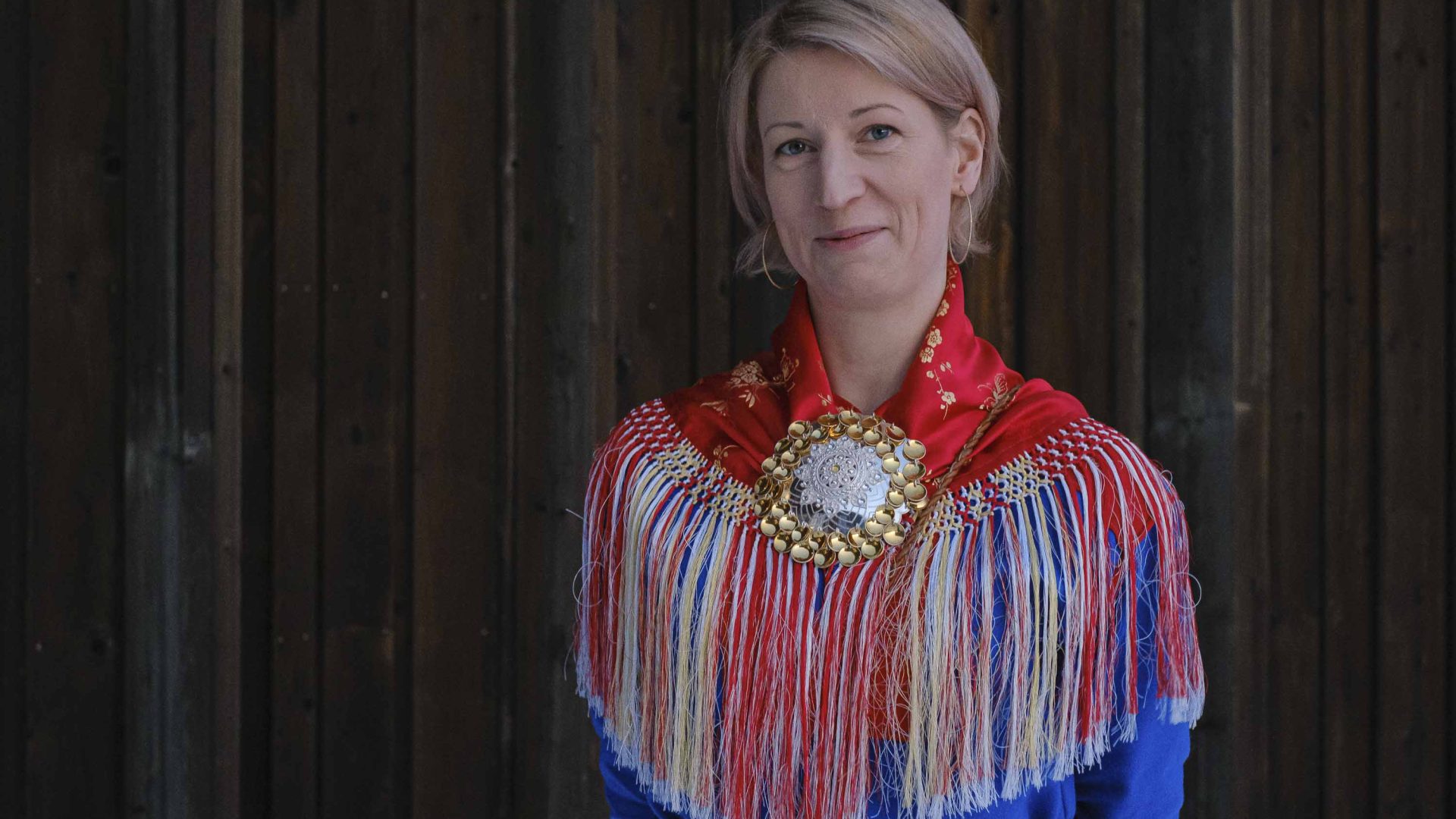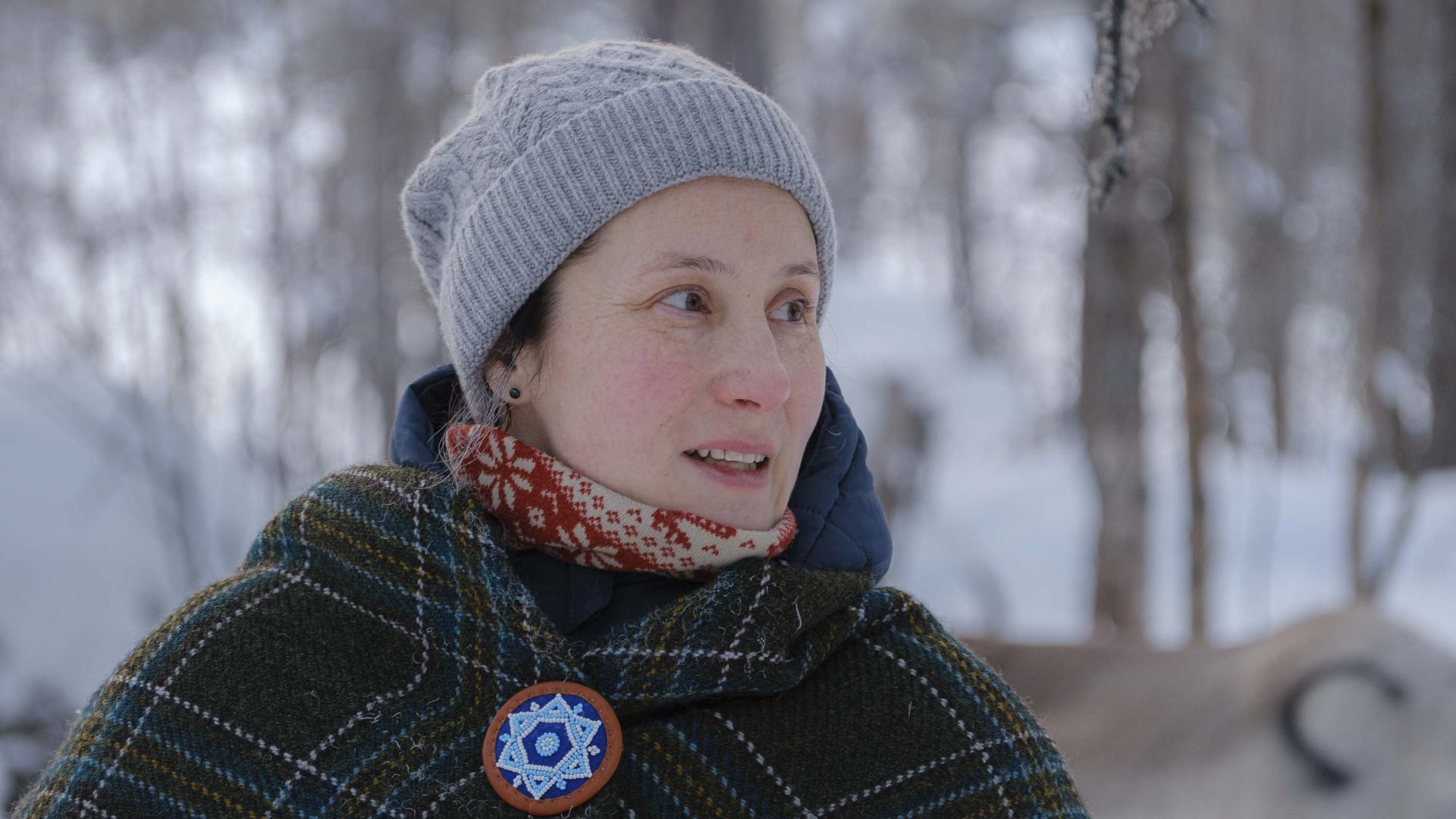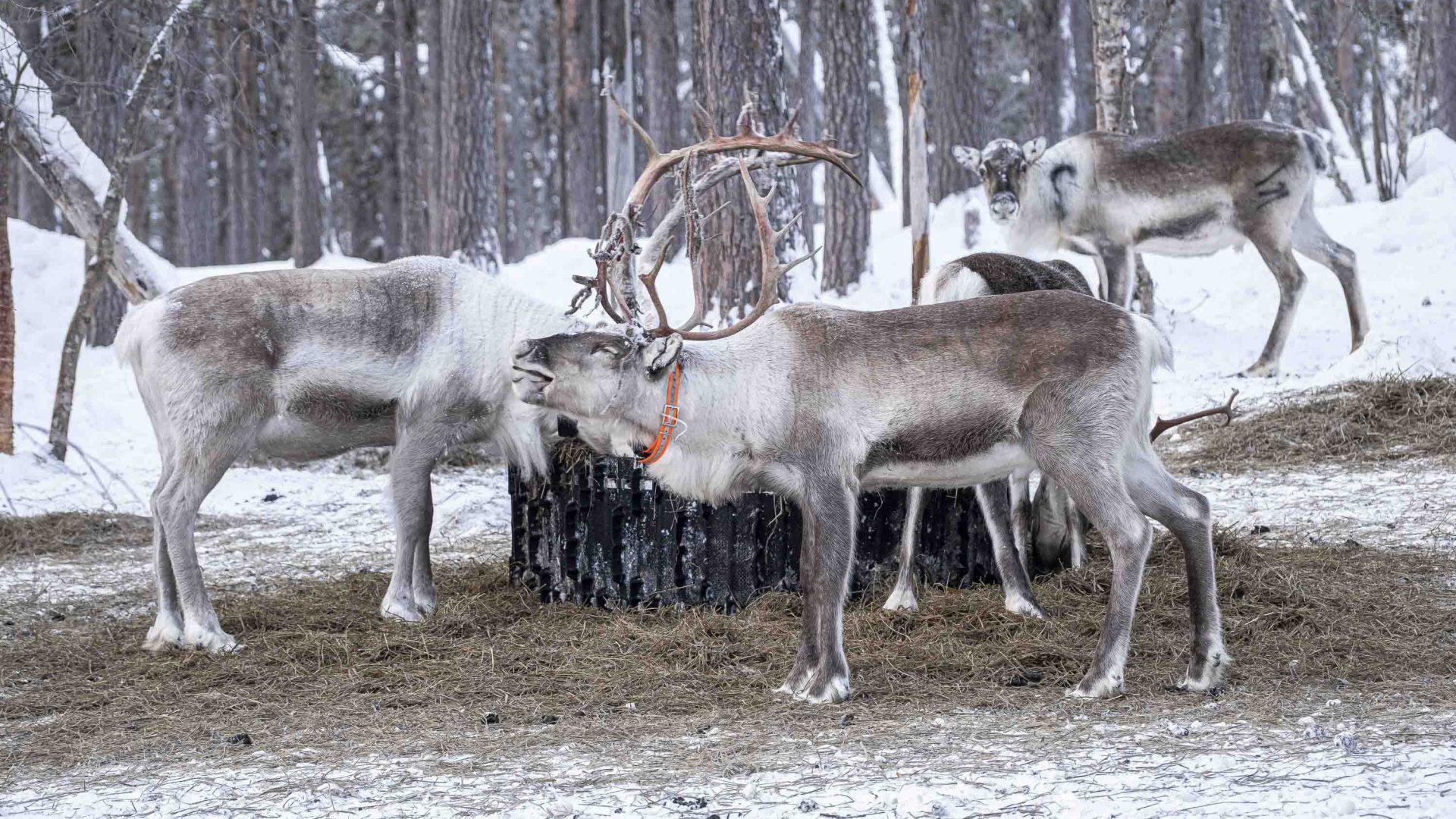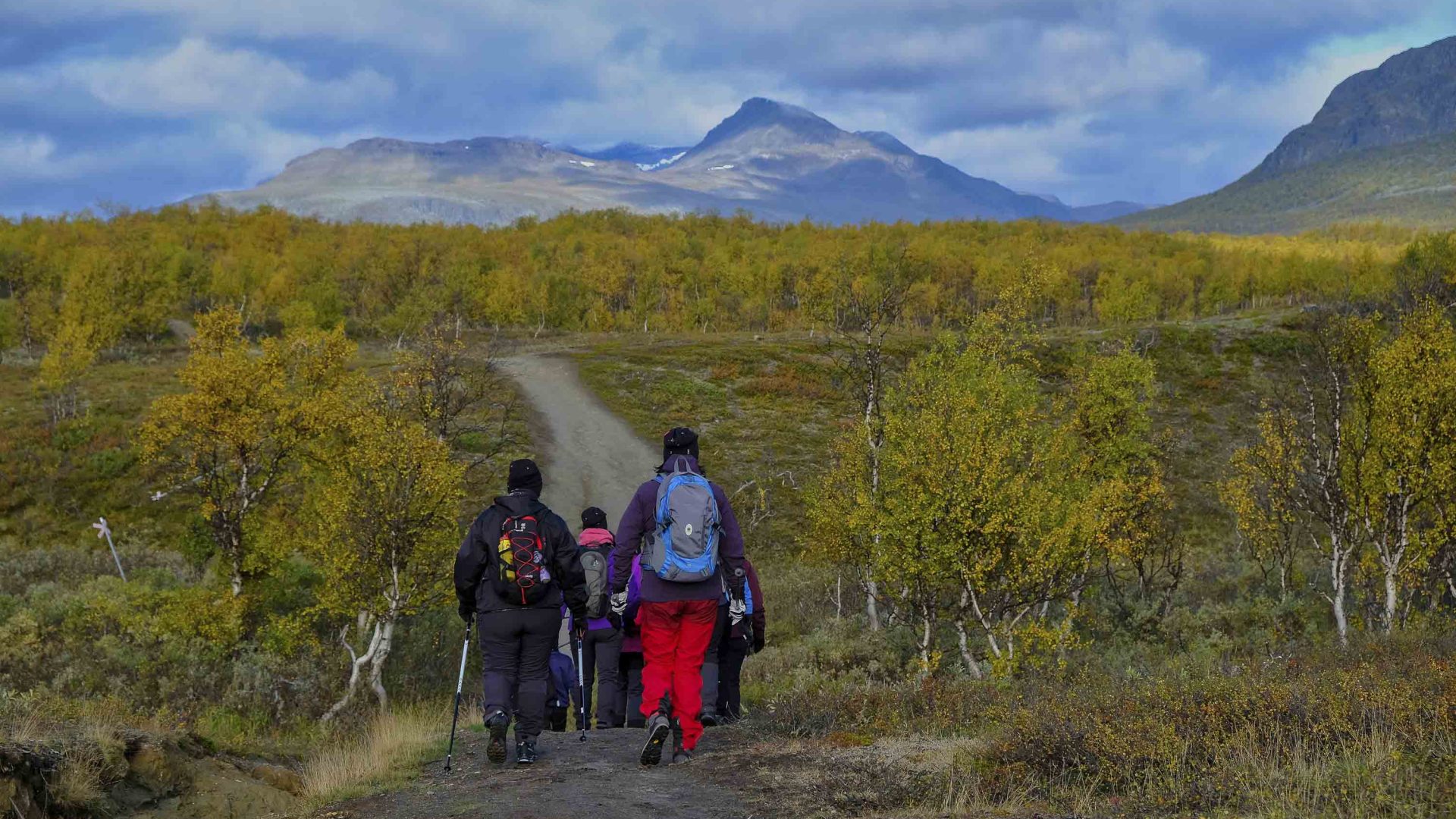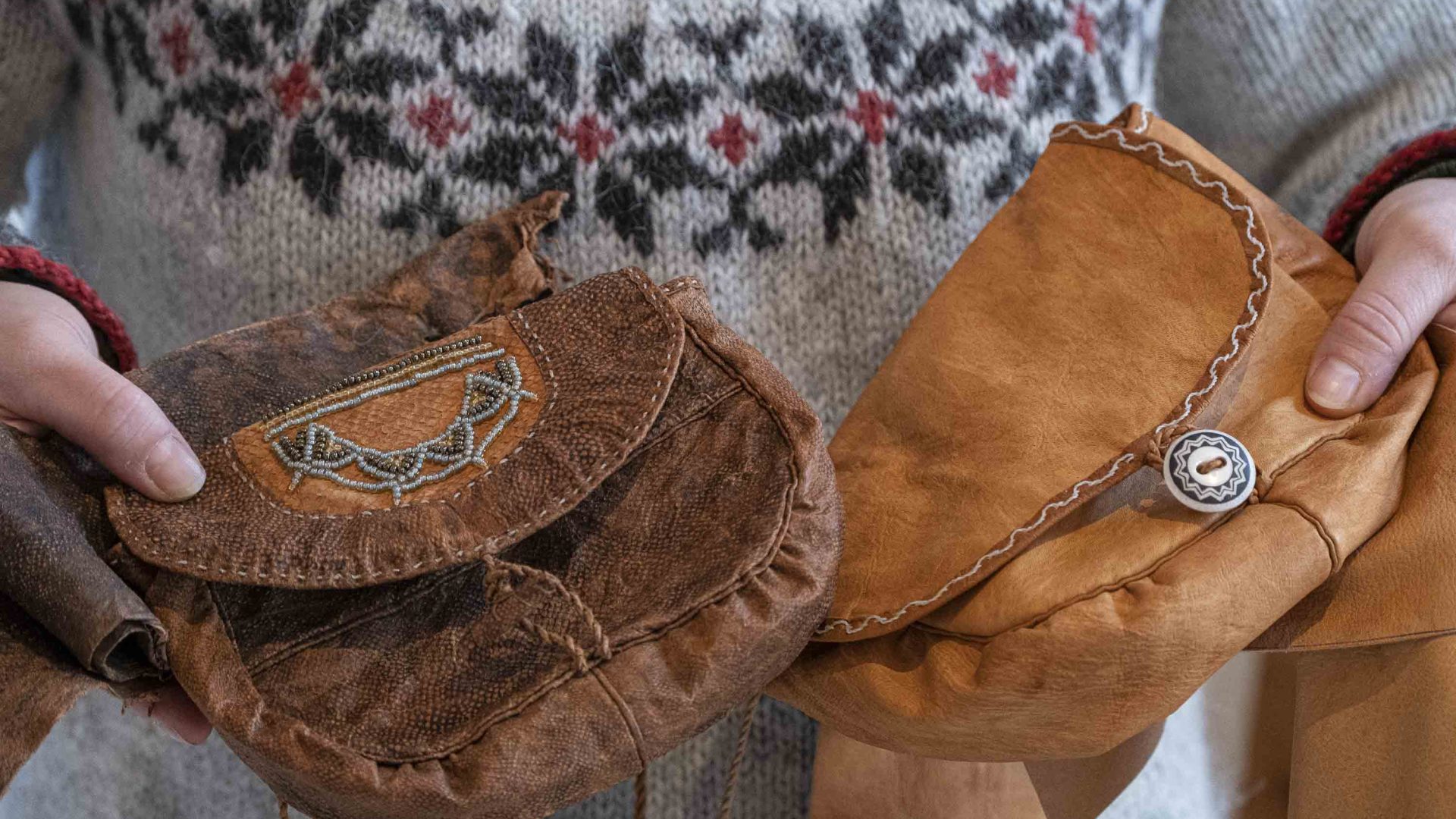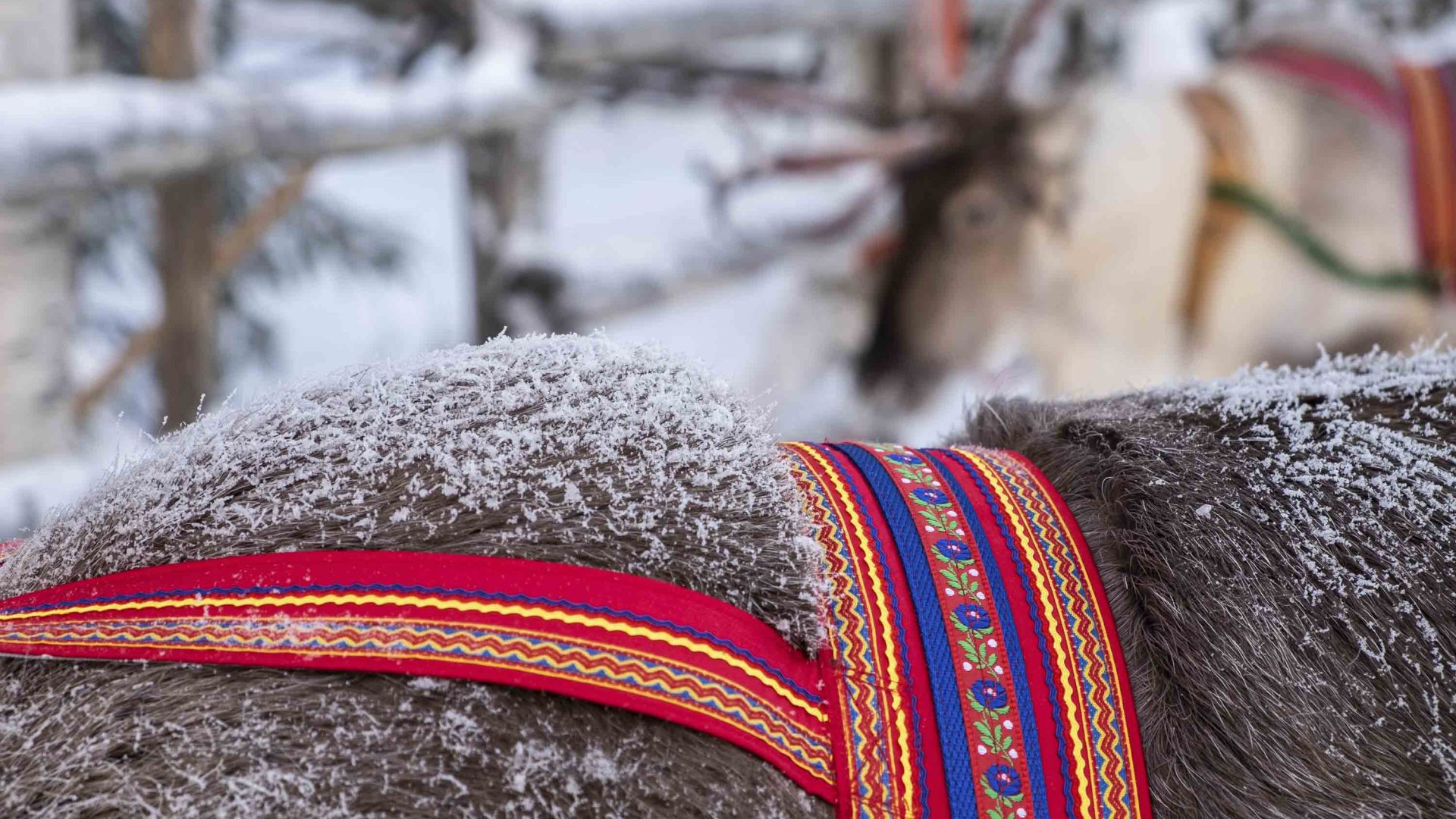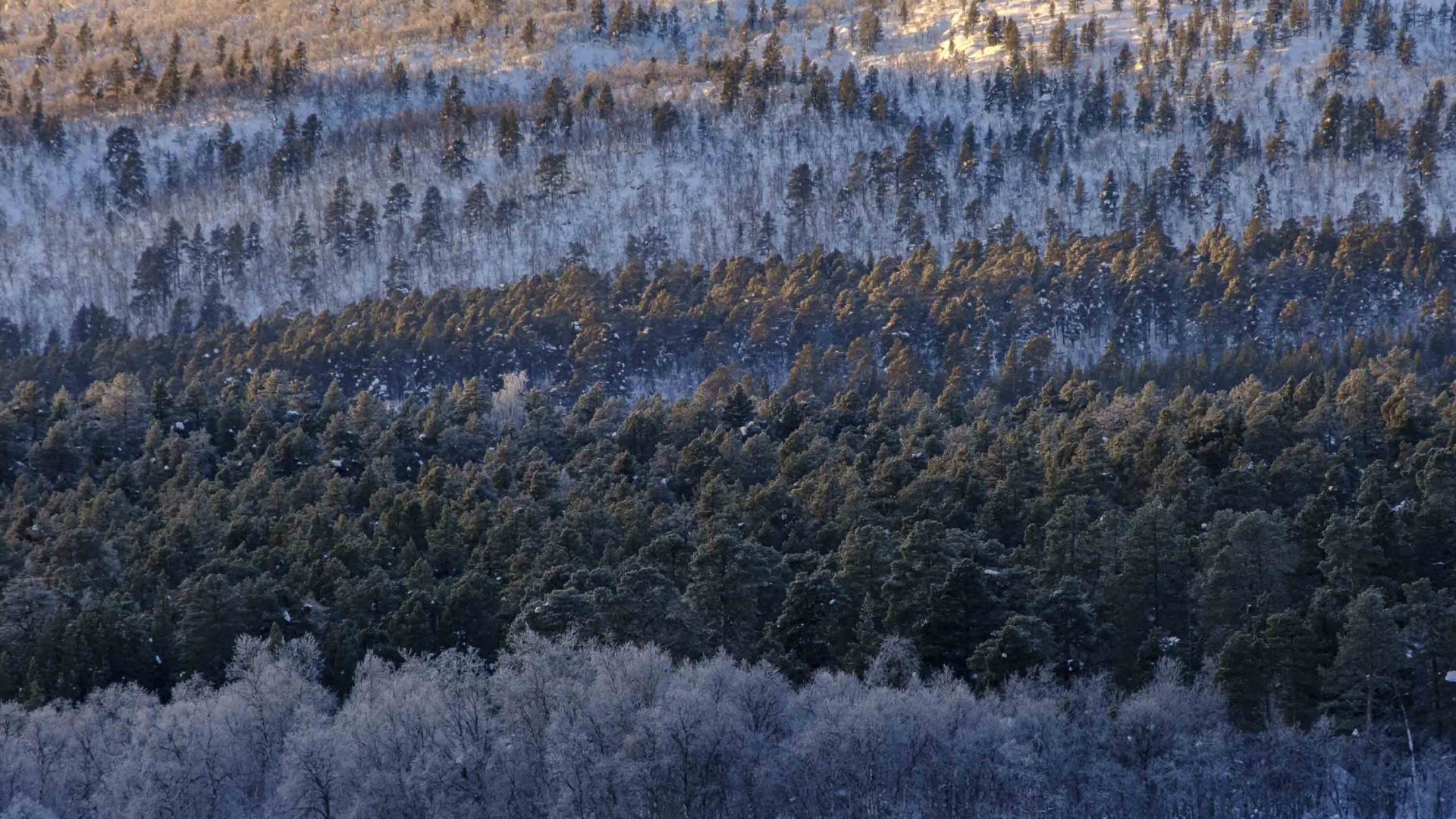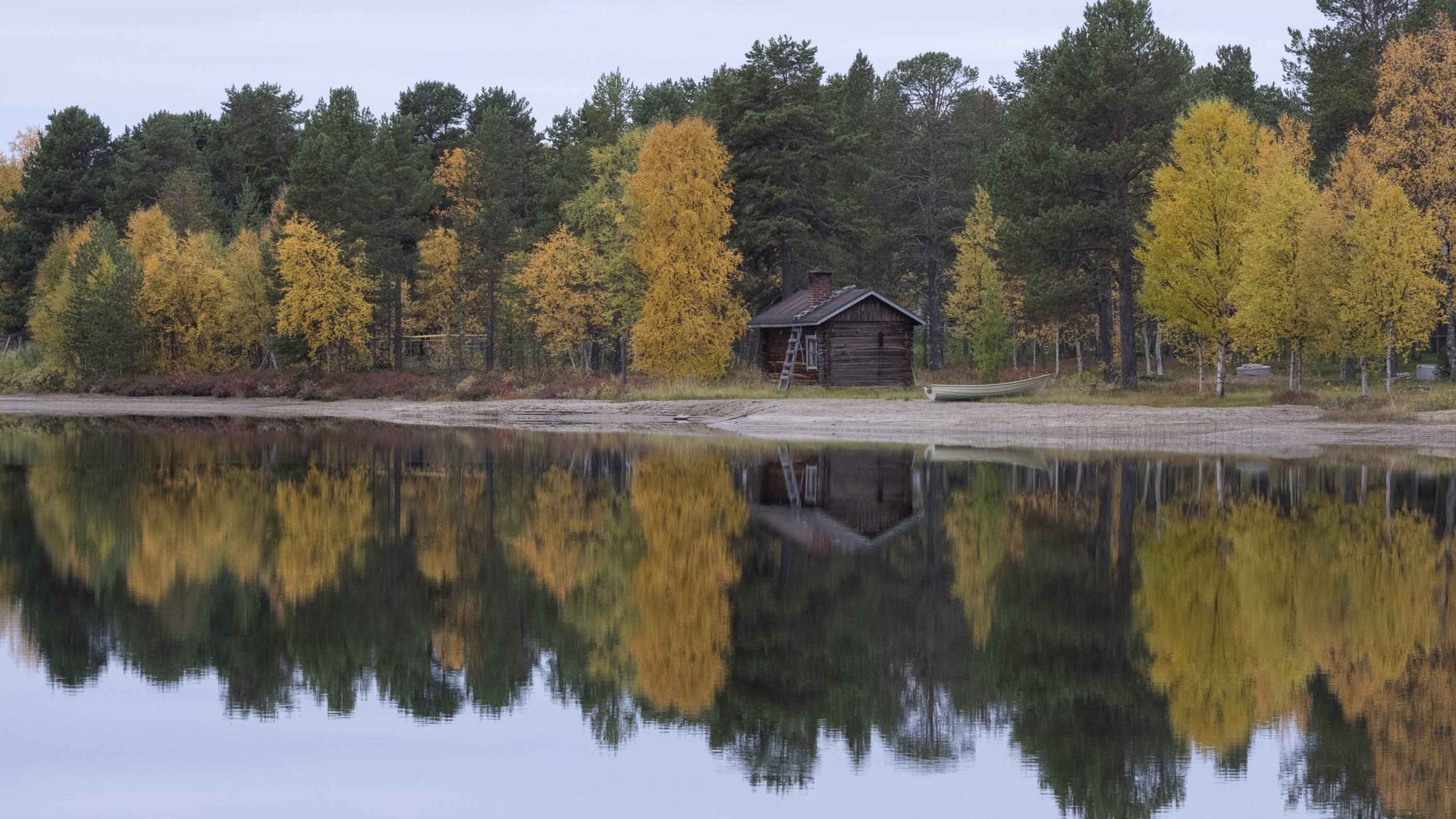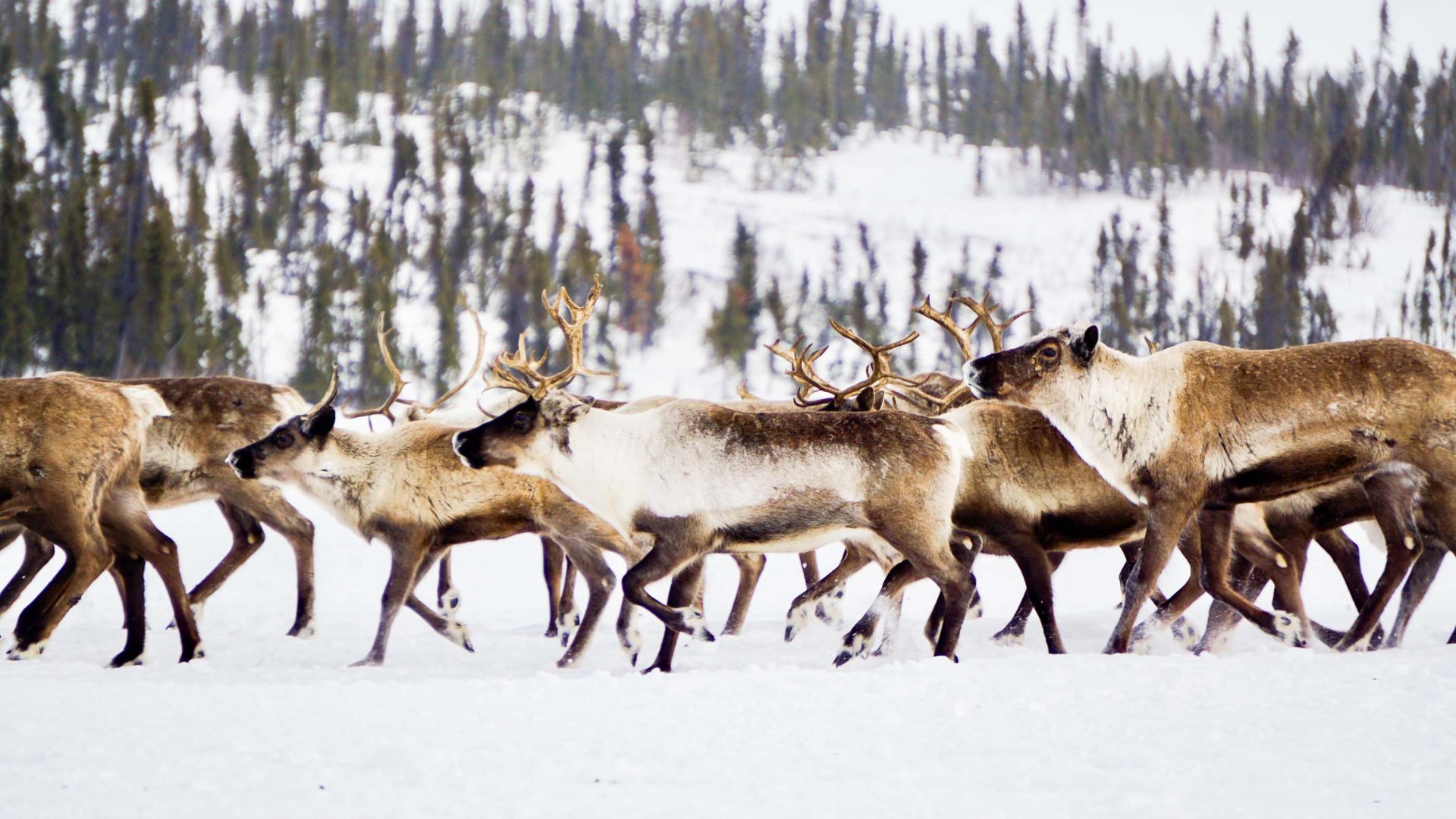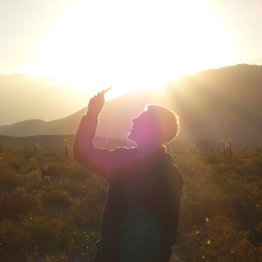Crystals form in my nostrils as I step from the bus in the village of Inari in Finland’s Arctic north. It’s a crisp minus 14°C (7°F), mid-afternoon in early February, when the sun barely bothers to climb much higher than the horizon. The shapes formed by the snow on the bare moors resemble fantasy animals, illuminated in eerie pastel shades of pink and blue.
Later that evening, the Northern Lights will perform their magic tricks across the vast, frozen expanse of Inarijärvi, Finland’s second biggest lake. It’s hard to imagine, but just a few months from now, these icebound landscapes will be flooded with continuous midsummer light and frantic growth.
Inari, some 300 kilometers above the Arctic Circle and about 1,000 kilometers north of the Finnish capital Helsinki, is the name of both the village of some 600 people and its sprawling 17,334-square-kilometer municipality. It is also the heart of that part of Sápmi or Sámiland—the area historically and still claimed by Indigenous Sámi people—that rests within Finland’s Sápmi (Lapland) province. Sámiland also extends across the Arctic territories of Norway, Sweden, and Russia.
The seasonal extremes of Arctic nature, a unique and sparsely-populated beauty, and a variety of year-round outdoor pursuits—from winter sports and aurora hunts to hiking, fishing and canoeing—draw visitors to northern Sápmi, from abroad and from the rest of Finland. While tourism and its related industries provide business for the Sámi community, the Sámi have often been presented as stereotyped actors in an extended Sápmi theme park. But things are changing. In 2022, the publication of the Responsible Visitors’ Guidance to Sámi Culture and the Sámi Homeland in Finland, drawing on previously prepared industry guidelines, is a tangible example of efforts being made to encourage a more enlightened sensitivity to Sámi culture.






